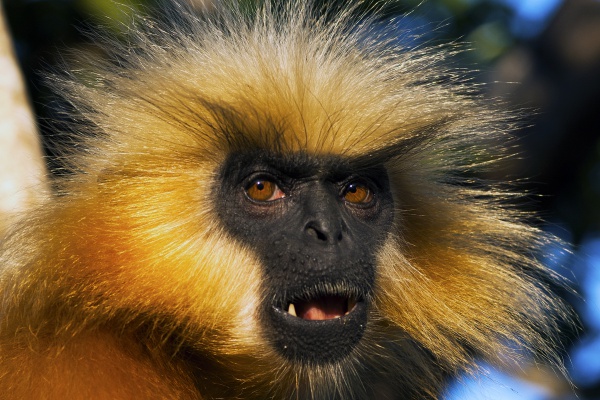Facts About Gee's golden langur
Gee's golden langur, also known simply as the golden langur, is an endangered Old World monkey native to western Assam, India, and the foothills of Bhutan. This unique primate was first brought to global attention by naturalist E. P. Gee in the 1950s, although records of the golden langur date back to the early 1900s. Through dedicated research and observation, these monkeys were classified as a new species, Presbytis geei.
The golden langur is easily identifiable by its striking cream-to-golden coat, contrasted with a black face and long tail. Interestingly, their fur color changes with the seasons. These monkeys prefer to inhabit the forest canopy, dining on a varied diet of fruits, leaves, seeds, buds, and flowers. They live in social groups, or troops, that typically consist of several females for each adult male.
Unfortunately, the golden langur’s habitat is limited and increasingly fragmented, confined to small regions in Assam and Bhutan. This habitat fragmentation poses a significant threat to their survival. Conservation efforts are underway to protect these primates, including listing them in CITES Appendix I and protecting them under Indian wildlife laws.
Despite these efforts, the golden langur population continues to decline, with approximately 1,500 individuals remaining in India and about 4,000 in Bhutan. Conservation initiatives focus on preserving their habitats, mitigating human-wildlife conflicts, and boosting population numbers through captive breeding and habitat restoration projects.

 India
India